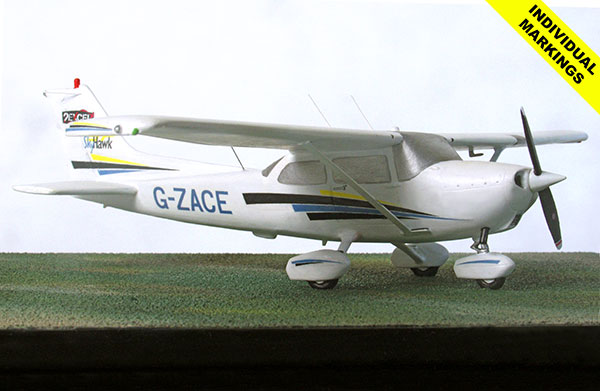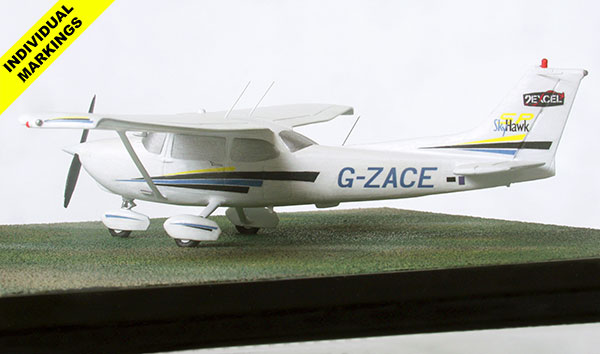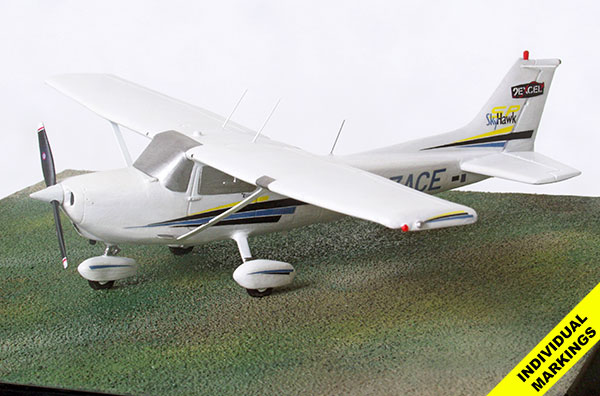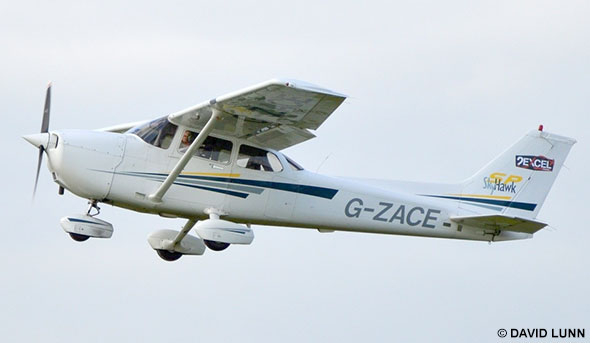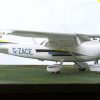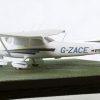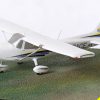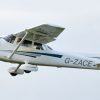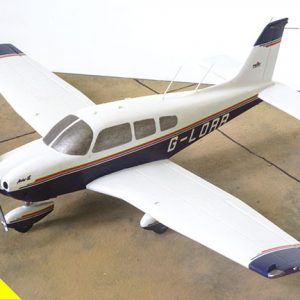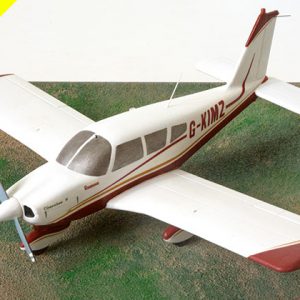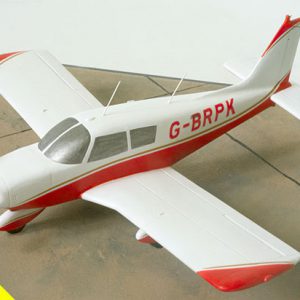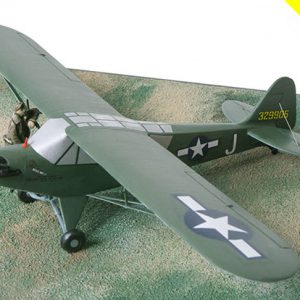Cessna 172 Skyhawk
The Cessna 172 must surely be the greatest unsung hero in aviation. From its origins in the 1950s it has become the most numerous aircraft of all time with over 43,000 being manufactured, the Cessna 172 has touched all corners of the world.
The Cessna 172 started life as a tricycle landing gear variant of the taildragger Cessna 170, with a basic level of standard equipment. In January 1955, Cessna flew an improved variant of the Cessna 170, a Continental O-300-A-powered Cessna 170C with larger elevators and a more angular tailfin. Although the variant was tested and certified, Cessna decided to modify it with a tricycle landing gear, and the modified Cessna 170C flew again on 12 June 1955. To reduce the time and cost of certification, the type was added to the Cessna 170 type certificate as the Model 172. Later, the 172 was given its own type certificate, 3A12. The 172 became an overnight sales success, and over 1,400 were built in 1956, its first full year of production.
Early 172s were similar in appearance to the 170s, with the same straight aft fuselage and tall landing gear legs, although the 172 had a straight tailfin while the 170 had a rounded fin and rudder. Later 172 versions incorporated revised landing gear and the swept-back tailfin, which is still in use today. The final aesthetic development, in the mid-1960s, was a lowered rear deck allowing an aft window. Cessna advertised this added rear visibility as “Omni-Vision.” Cessna has not changed the airframe configuration since then, except for updates in avionics and engines, including the Garmin G1000 glass cockpit in 2005. Production halted in the mid-1980s, but resumed in 1996 with the 160 hp (120 kW) Cessna 172R Skyhawk. Cessna supplemented this in 1998 with the 180 hp (135 kW) Cessna 172S Skyhawk SP.
Over the years the Cessna 172 has continued to evolve making it the perfect aircraft for training and recreational flying, with many air-forces across the world using them for a wide variety of purposes, from surveillance to army co-operation.


